Emodumeter
- James Instruments - V-E-400
- Freeze Thaw Analysis
- Young's Modulus Determination
- Damping
- Coefficient Analysis
The principle used in the Emodumeter® is based upon the determination of the fundamental resonant frequency of vibration of a specimen generated by an impact and sensed by an accelerometer.
The frequency spectrum is computed and displayed by the meter.
System
The Emodumeter® has an automatic feature that computes the maximum amplitude, which eliminates cumbersome frequency scanning. Frequencies are automatically shown in the display and a cursor allows the user to move along the frequency spectrum. Also the time domain signal and the frequency spectrum can be stored and uploaded to a PC for further analysis and inclusion in reports.
Resonance Frequency
The Emodumeter® performs a Fast Fourier Transform that allows the identification of the resonance frequency in the Frequency Spectrum.
Durability of Concrete
The determination of flexural resonance is very important when studying the degradation of concrete under accelerated freezing and thawing cycles and aggressive environments on concrete specimens.
The advantage of resonance methods are:
1. Tests can be repeated over a very long period on the same specimen; the number of test specimens required is therefore greatly reduced.
2. The results obtained with the resonance method on the same specimen are more reproducible than those obtained with destructive tests and groups of specimens.
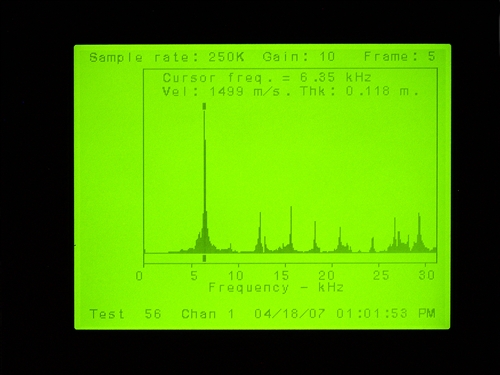
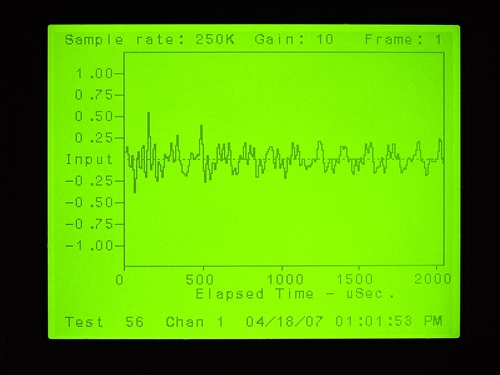
Specifications
Frequency range: | from 10 Hz to 40 kHz |
Sampling frequency: | 10, 20, 40 or 80 kHz |
Frequency resolution: | from 4.9 to 78.1 Hz |
Record length | 1024 or 2048 points |
Output bias level: | 9.2 V |
Accelerometer sensitivity: | 9.60 mV/g (0.979 mV/m/s2) |
Battery: | 14.4 Volt. 4-6 hours - continuous use |
Display: | 320 by 240; backlit for daylight use |
Storage: | 200 plus readings |
Software: | Windows compatible 9x/me 32MB Ram |
Impactors: | Set of 6 hardened steel balls. |
Operating Temperature Range: | 0°C to 40°C |
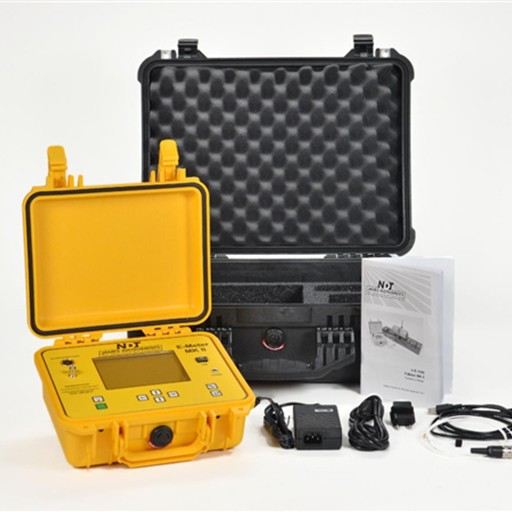


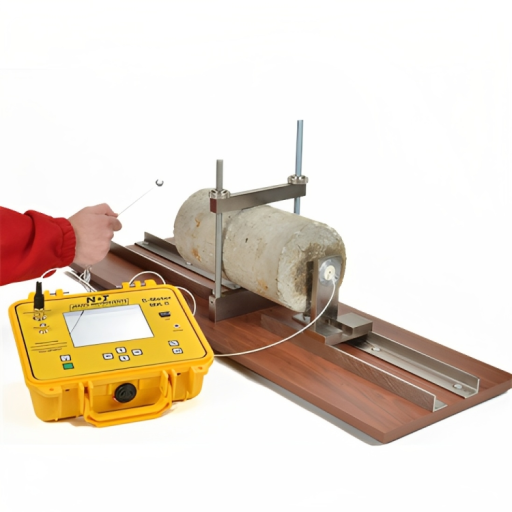
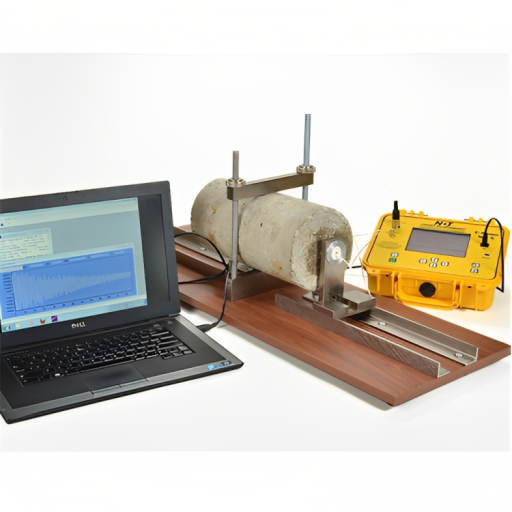
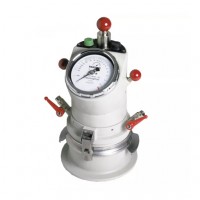
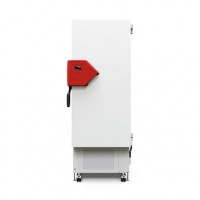
Do you have a question?
min 10 ch